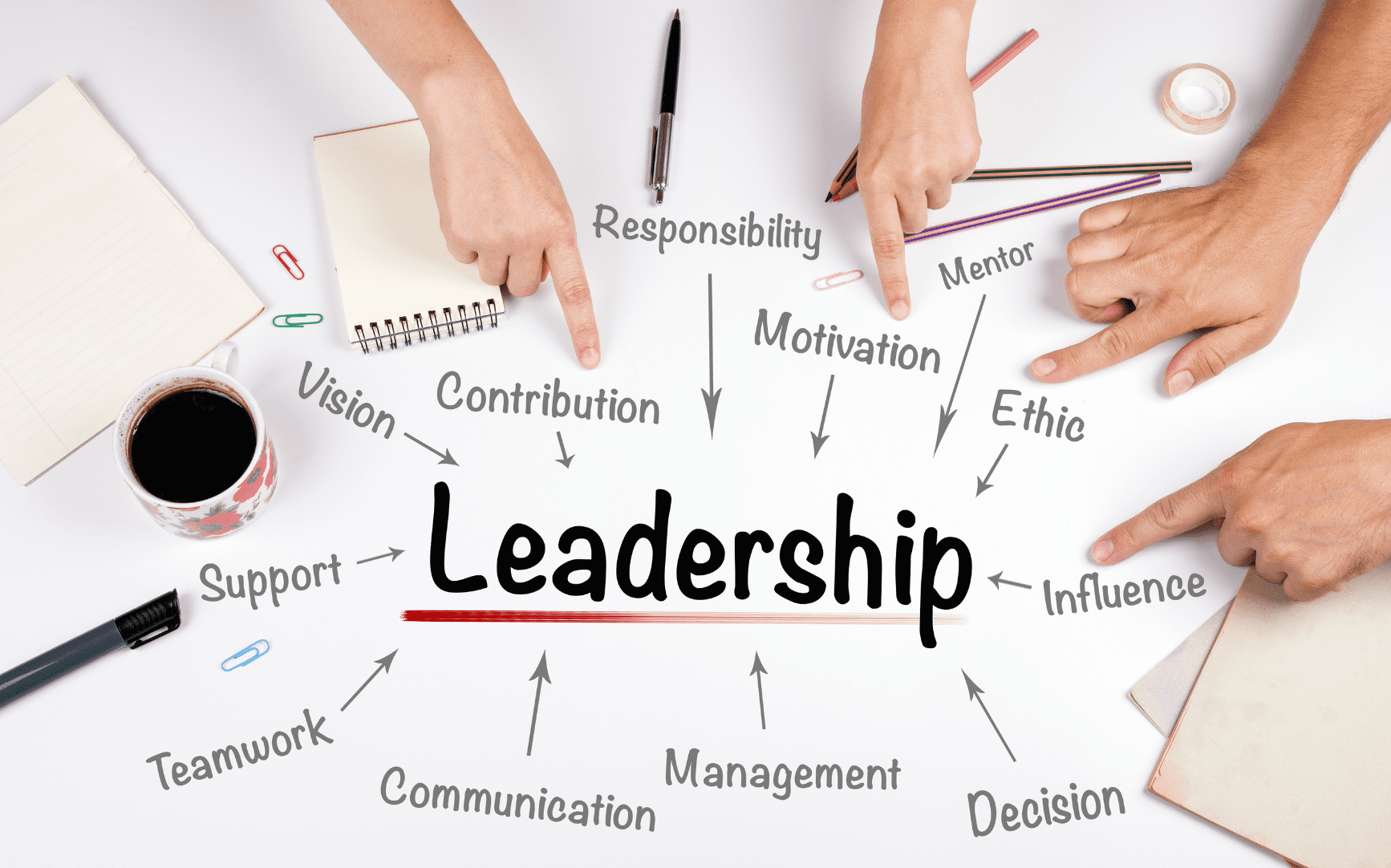
The Connection: February 2025 Issue #67
One of the most important qualities of a great leader is the ability to embrace diversity and inclusion. These two concepts help create a workplace where everyone feels valued, respected, and empowered to contribute. Leaders who understand and implement diversity and inclusion can build stronger teams.
This article explores why diversity and inclusion matter in leadership, their benefits, and how leaders can build an inclusive environment.
What is Diversity and Inclusion in Leadership?
Diversity refers to the presence of individuals with different backgrounds, cultures, genders, and abilities. It encompasses a wide range of differences, including race, age, nationality, education, and personal experiences. A diverse workforce allows businesses to tap into various perspectives.
Conversely, inclusion ensures that all individuals feel valued, respected, and included in decision-making processes. It creates a culture where every person feels welcome. An inclusive leader fosters an environment where individuals can bring their whole selves to work without fear of discrimination.
Why Diversity and Inclusion Matter in Leadership?
Innovation thrives in an environment where different perspectives come together. On the other hand, a leader who values diversity encourages open discussions and invites contributions from all team members.
Improves Decision-Making
Inclusive leaders consider multiple viewpoints before making important decisions. A team with diverse perspectives is more likely to analyze situations and reducing the risk of bias and errors.
Research has shown that diverse teams make better business decisions up to 87% of the time compared to homogenous teams. This is because inclusive teams bring different experiences.
Boosts Employee Engagement
Employees who feel valued are more motivated to contribute their best work. People who feel like they belong are more likely to collaborate, and take ownership of their work.
In contrast, employees who feel excluded or discriminated against may become less productive and leave the company, leading to costly recruitment and training efforts.
Attracts Top Talent
Companies prioritizing diversity and inclusion attract a wider pool of highly skilled professionals. Many talented individuals prefer working in organizations that value, and equal opportunities.
Moreover, younger generations, including Millennials and Gen Z, consider diversity and inclusion essential when choosing employers.
Strengthens Brand Reputation
An organization that actively promotes diversity and inclusion earns the trust of customers, partners, and investors. A strong commitment improves a brand’s external perception.
Organizations that commit to diversity are likelier to build long-term relationships with their customers and gain a competitive edge in the market.
How Leaders Can Promote Diversity and Inclusion
Lead by Example
Leadership starts at the top. Inclusive leaders set the standard by demonstrating respect, listening to different perspectives, and ensuring fair treatment of all employees. When leaders embrace diversity, their teams are likelier to follow their example.
A leader should actively challenge biases, and create a culture of acceptance. It involves being self-aware and open to learning about different experiences and perspectives.
Encourage Open Communication
An inclusive workplace is one where employees feel safe expressing their thoughts, sharing concerns, and providing feedback. Leaders should create platforms for open discussions, such as regular team meetings, anonymous feedback channels, and diversity forums.
Leaders must actively listen to employees, and take action when concerns arise. Addressing discrimination, bias, or unfair treatment can help build a culture of trust and respect.
Celebrate Differences
Recognizing and appreciating different cultures, traditions, and perspectives helps foster an inclusive environment. Organizations can celebrate diversity by organizing awareness programs, cultural events, and employee resource groups that promote inclusivity.
Encouraging employees to share their backgrounds and experiences can also create stronger team connections and help break down stereotypes.
Measure and Improve
Diversity and inclusion efforts should be regularly assessed to identify areas for improvement. Leaders can use employee surveys, diversity audits, and feedback mechanisms to measure progress and make necessary changes.
Organizations can ensure that their inclusion efforts are meaningful and effective by setting clear diversity goals and continuously working toward improvement.
Conclusion
Diversity and inclusion in leadership are no longer optional, they are essential for success. To be a great leader, focus on valuing people from all backgrounds. Companies that fail to promote inclusive leadership may struggle to attract and keep the best employees in the long run. By making diversity and inclusion a core part of leadership, organizations can foster a culture of long-term success.




